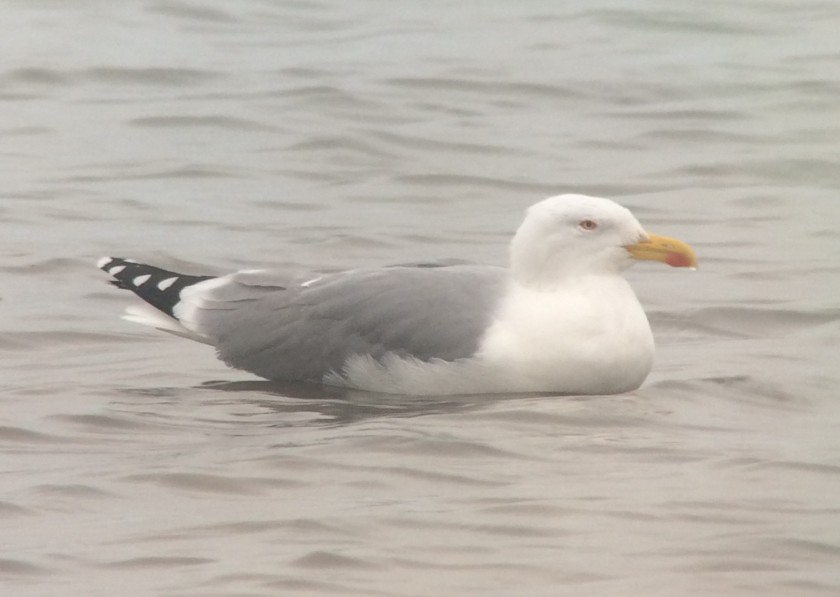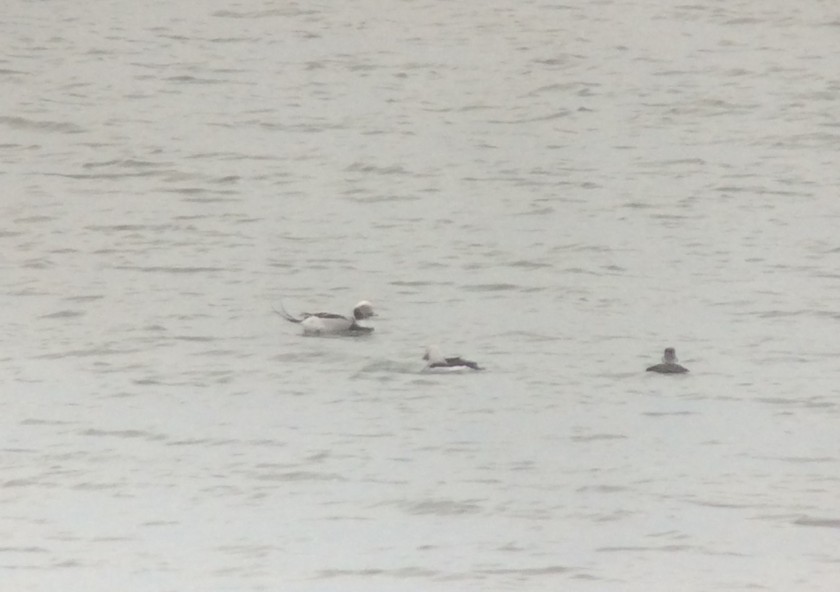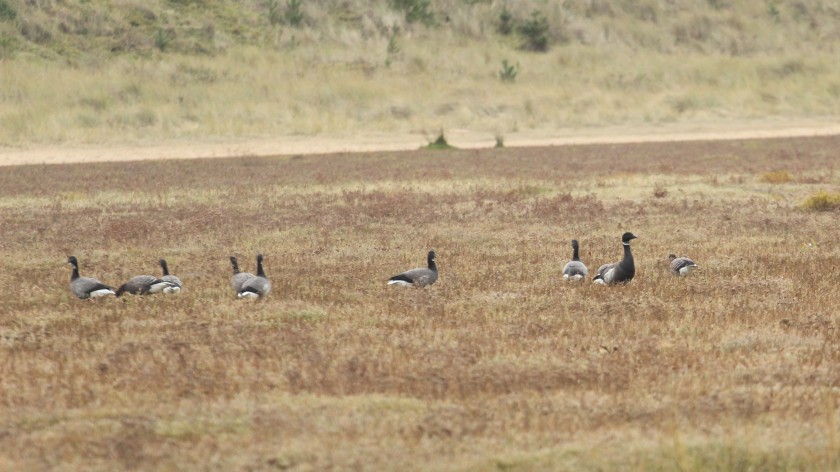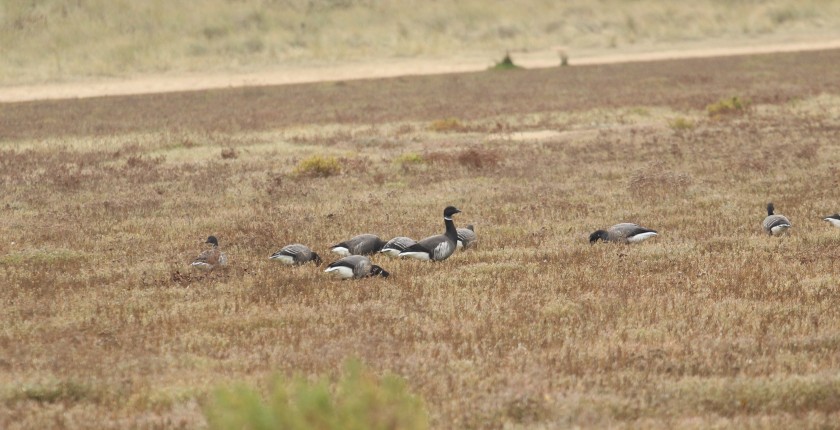I’ve been home in Cambridgeshire for almost a fortnight now, I don’t know where the time is going! It seems like I’ll be back in Penryn all too soon for a week of exams… ah well. Returning home gives me the chance to get out volunteering again for The Great Fen Project, where I work as a volunteer ranger, watching over the various sites and recording wildlife as I go. The Saturday just gone was my first shift since August, and what a great day it was!
We (Dad and I) started the day at the countryside centre in Ramsey Heights, a lovely albeit rather small site. It was a chilly morning, but the birds were out in force. The ‘chack-chack’ call of Fieldfares was the dominant noise, with the softer calls of Redwings, Bullfinches and a flyover Yellowhammer for support (the latter being a good day-tick for the area).
The Great Fen Project area is built around two national nature reserves (NNRs): Woodwalton Fen and Holme Fen. The next site to visit was Holme Fen, a large silver birch woodland surrounded by farmland, containing areas of heathland and a few lakes. Quite a diverse range of habitats!
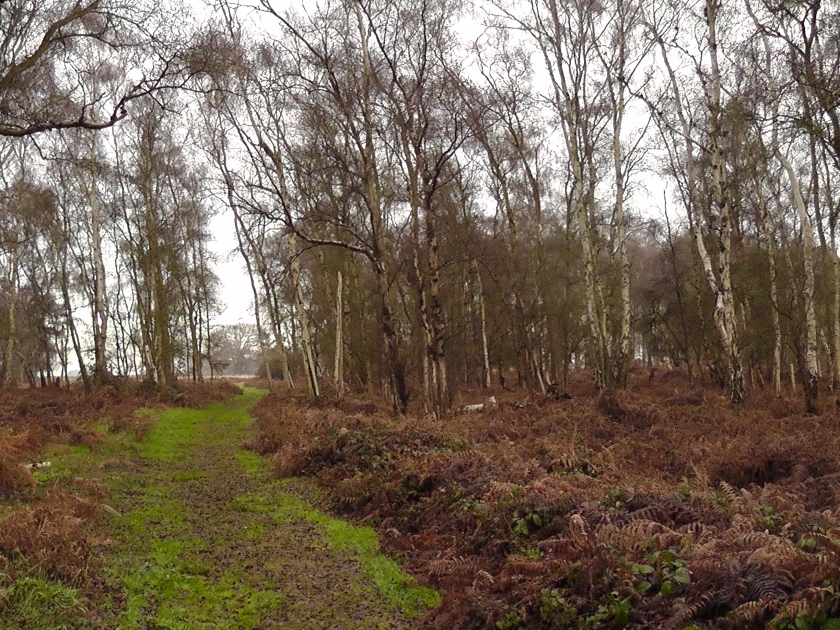
As we wandered the footpaths, I kept my eyes peeled for birds, bagged some bryophytes for identification later, and turned a few logs to look for invertebrates. One find was a Flat-backed Millipede (Polydesmus sp.), which after close inspection, turned out to be Polydesmus angustus, our commonest species.

As we walked along the edge of the woodland, I spotted a dark raptor flying low over the fields. A male Merlin! A winter visitor to Cambridgeshire, and always a lovely bird to see. Shortly after that, we found a particularly vocal flock of c.30 Siskins, one of the highest counts in the county this year.
We moved on to check some of the farmland areas of The Great Fen, where we had lovely views of a Barn Owl. Even I nearly managed to get a nice shot!
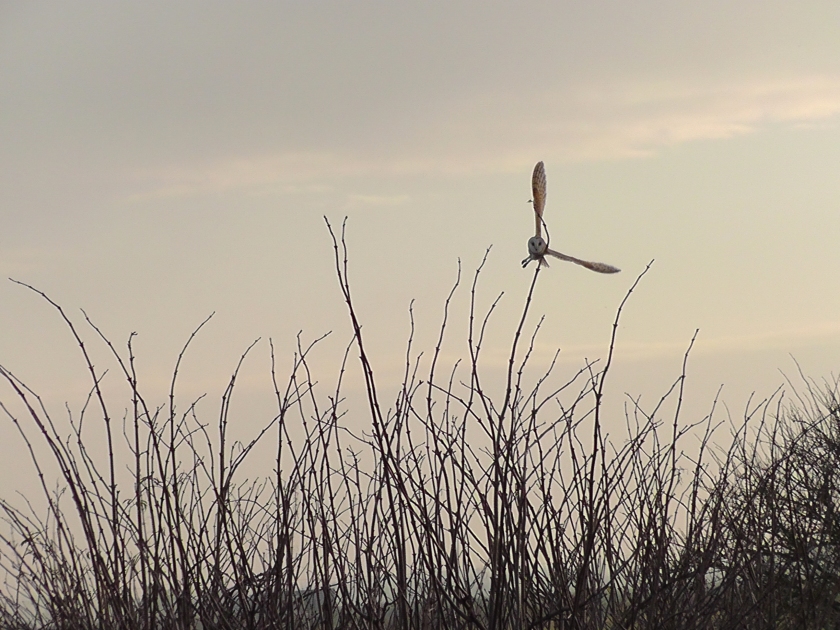
A few minutes later, we stumbled across a local specialty, the Chinese Water Deer. Native to China and Korea, this introduced species is thriving in the fens of East Anglia. It is easily recognised by its stocky build, and intermediate size between Muntjac and Roe Deer. They also have large, rounded ears and small tusks.
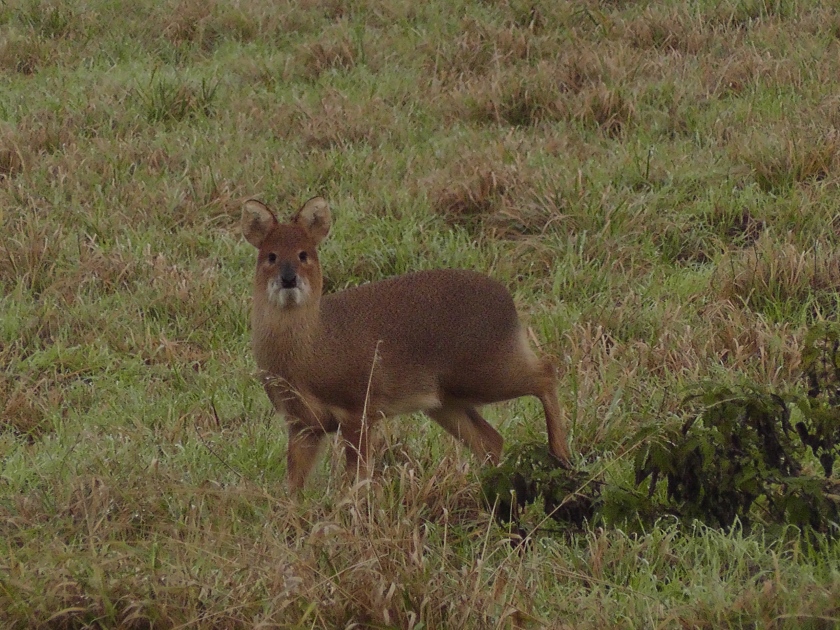
Our final site of the day was my personal favourite: Woodwalton Fen. Woodwalton is a beautiful pocket of ancient fenland, combining wet woodland, alder carr, marshy grassland, lakes and reedbeds.
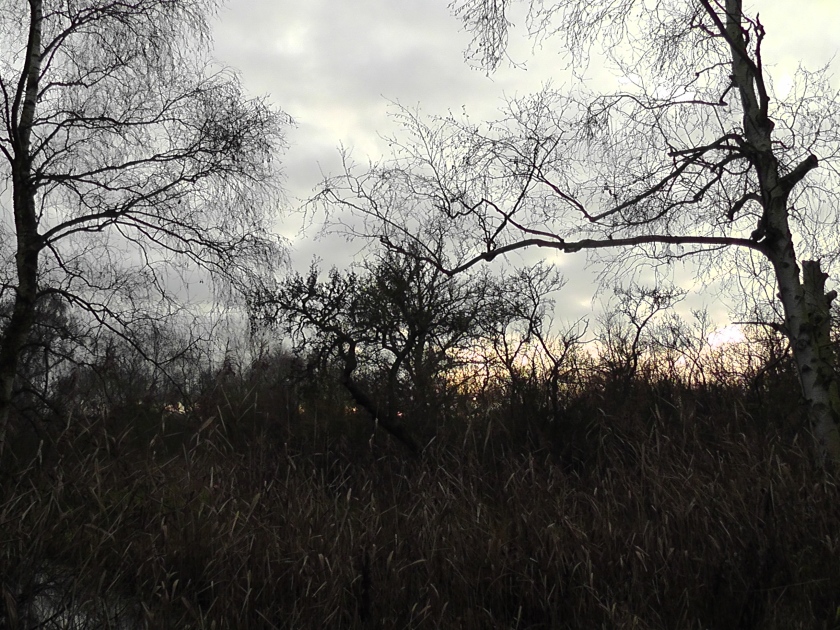
It wasn’t long before the first good wildlife sighting: a flock of around 25 Lesser Redpolls, again, one of the highest counts in the county this year. I scanned the flock, hoping for a Mealy Redpoll. One pale-looking bird caught my eye, but flew before I got a good view. The one that got away?
As we walked to check on the two waterbird hides, I spotted an old railway sleeper in an area of damp grassland. It needed to be turned over! We turned the sleeper, and I soon saw that my instincts were spot on. Large numbers of the ancient fenland woodlouse Ligidium hypnorum scattered. A nice species to see, but one that can run so fast, I didn’t manage to get a good photo. At the other end of the sleeper, Dad had found a centipede that he said looked interesting. It certainly was! It was a species that I’d never seen before: Strigamia acuminata. The reddish colouration is characteristic of the genus, with the stubby build (compared to similar species) and number of legs (41 pairs to be precise) confirming the species.
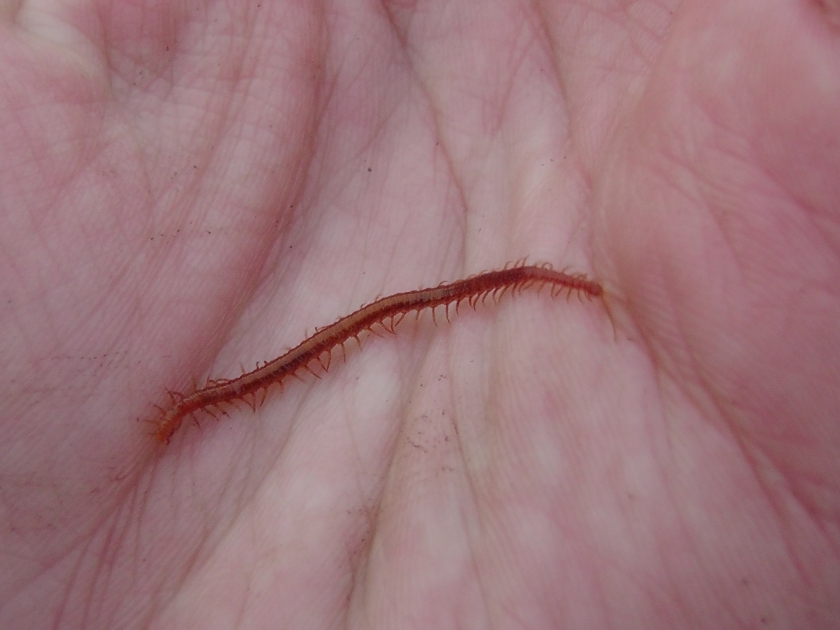
Myriapods (centipedes and millipedes) are one of my favourite and most studied groups, so a new species for me is very exciting! It also helps me keep my place in the pan-species listing rankings for the group, my highest ranking for any group! http://www.brc.ac.uk/psl/group-rankings/myriapods
We finished off the day with a visit to the North Hide, to count the Marsh Harriers that roost in the reedbed. 2 females, 1 male, and an immature male. We were then given a real treat, as the wintering male Hen Harrier came in, giving us stunning views. After a while, it gracefully dropped from the sky and settled down into the reeds. What a brilliant end to the day!

